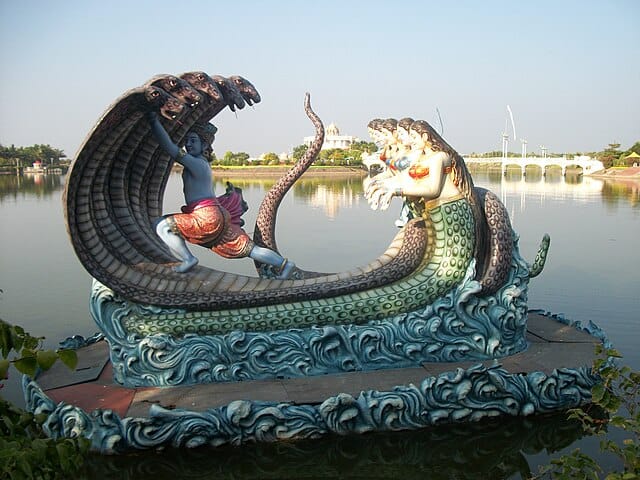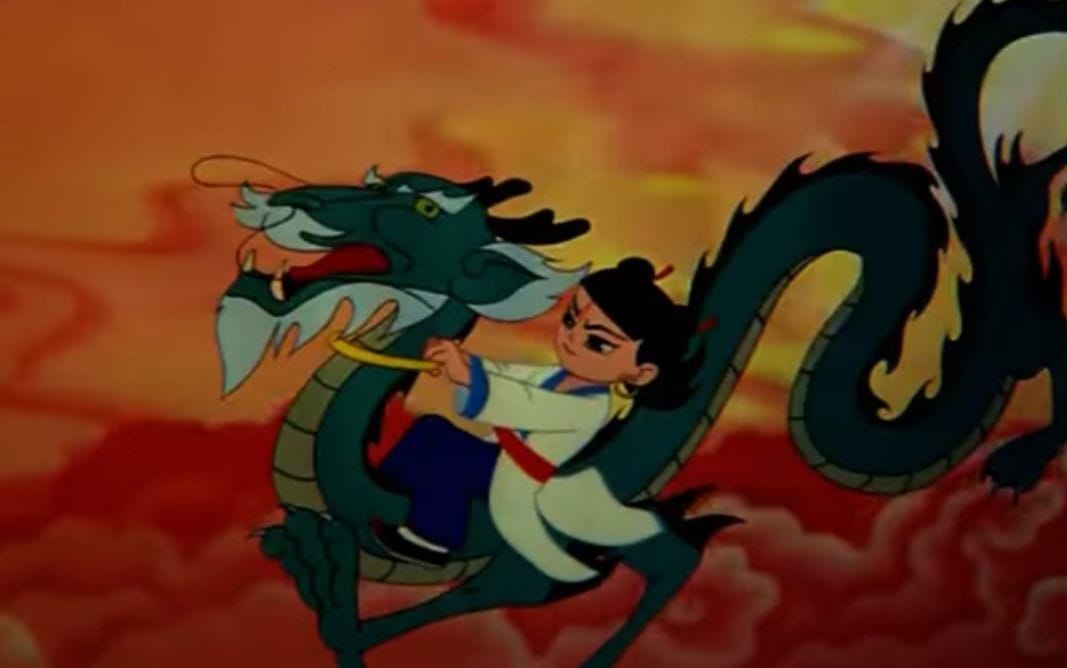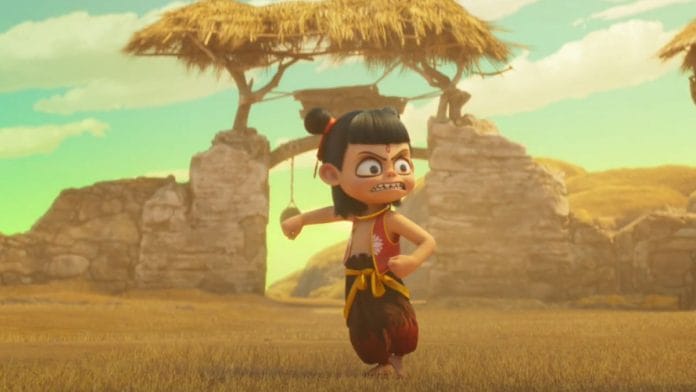Anyone with access to social media may have heard the name Nezha—pronounced nuh–cha—by now. Ne Zha 2, which came out on 29 January as a Chinese New Year release, has become the highest-grossing animated film in the world.
The titular wonder boy, Nezha, is a prominent character in Chinese folk mythology and has been a part of China’s popular imagination since the 1979 animated film. Since then, there have been several retellings of the tale, Ne Zha 2 being the most recent.
The legend of Nezha is centred around a young prince, born 4,000 years ago during the Shang dynasty, who takes on the Dragon King and his sons, who rule the seas. (If that sounds familiar, we will soon see how.) In doing so, he sacrifices his life to save his parents and his city. But he is reborn with more powers and finally triumphs over his nemesis.
Nezha’s origins
The legend finds mention in prominent Chinese novels of the Ming dynasty (1368-1644) such as Journey to the West and Investiture of the Gods.
The Kangxi dictionary, compiled in the early 18th century during the Qing dynasty, explains the Chinese character ‘ne’ in Nezha. Ne (哪) is associated with the character ‘nuo’ (傩), which means ‘to exorcise or win over evil forces’. The character ‘zha’ (吒), on the other hand, is considered the first sound ever heard between the earth and the sky, denoting heavenly power that conquers evil forces, much like the Hindu concept of Om.
With both these explanations, it wouldn’t be far-fetched to assume that the name ‘Nezha’ could have only referred to someone who defeats evil.
All the same, the name does not have a very Han Chinese ring to it—it sounds different. Han is the ethnic group comprising almost 92 per cent of the Chinese population, with whom Chinese culture is largely associated.
Taiwanese scholar Wang Xiaolian has argued along the same lines in his book, Mythology and Novels (1986). According to him, Nezha doesn’t sound like a Chinese character at all. It is not surprising then that there is a dilemma in China regarding the correct pronunciation of Nezha. This, however, indicates a more interesting possibility: Nezha could have been a cultural import into China from India.
The wide range of literature available on Nezha also points toward the same, giving credence to the theory of Nezha’s Indian origin. Meir Shahar, a Sinologist at Tel Aviv University, argues in Oedipal God (2015) that the name Nezha is the shortened form of Na Zha Ju Fa (pronounced na-cha-chu-fa), a transliteration of the Sanskrit name ‘Nalakuber’.
Also read: India has elephants, China doesn’t. Credit goes to ancient India’s land ethics
Nalakuber to Nezha
Nalakuber was the son of Kuber, the Hindu god of wealth. The transliteration of his name, as Na Zha Ju Fa, first appeared in China in the fourth century CE. A century later, the story of Nalakuber also reached the country, through the translation of Buddhacharita into Chinese.
There remains a debate about whether Buddhacharita was translated by the Chinese monk Bao Yun or the Indian monk known as Tan Wuchen, but that is a topic for another day.
With the passage of time, the Buddhist legend of Nalakuber was infused with Daoist and Confucianist elements. By the time of the Ming dynasty, Nalakuber aka Na Zha Ju Fa became Nezha, a neo-Confucianist god in the pantheon of Chinese gods and goddesses.
Shahar has even argued that Nezha could have been Bala Krishna or the child form of Krishna. This argument seems utterly plausible when seen through the legend of Kaliya Mardan or Kaliya Daman (Krishna slaying the serpent Kaliya). The parallels between Bala Krishna reigning in the serpent Kaliya and young prince Nezha defeating the East Sea Dragon King cannot be ignored.


On top of this, several parallels can be drawn between the Chinese long or dragon and the Indian naga or serpent. A connection between Chinese Nezha and Indian Bala Krishna thus seems fathomable.
In April, India and China will complete 75 years of the establishment of diplomatic relations. However, material and cultural exchanges between the two countries go way back in time. So, it may be a good idea to keep revisiting these ancient ties and promote people-to-people connections.
Both, the mythological hero Nezha and the film Ne Zha 2, are currently being discussed worldwide. According to a report in the Global Times, in the United States and Canada alone, Ne Zha 2 has been released in about 750 theatres. Bringing the film to Indian theatres may be a good idea to further the thaw in India-China relations. It may also be a ghar-wapsi—pun intended—for Nezha.
Madhurendra Jha is an assistant professor at the Department of Chinese Studies, Doon University. Views are personal.
(Edited by Prasanna Bachchhav)






